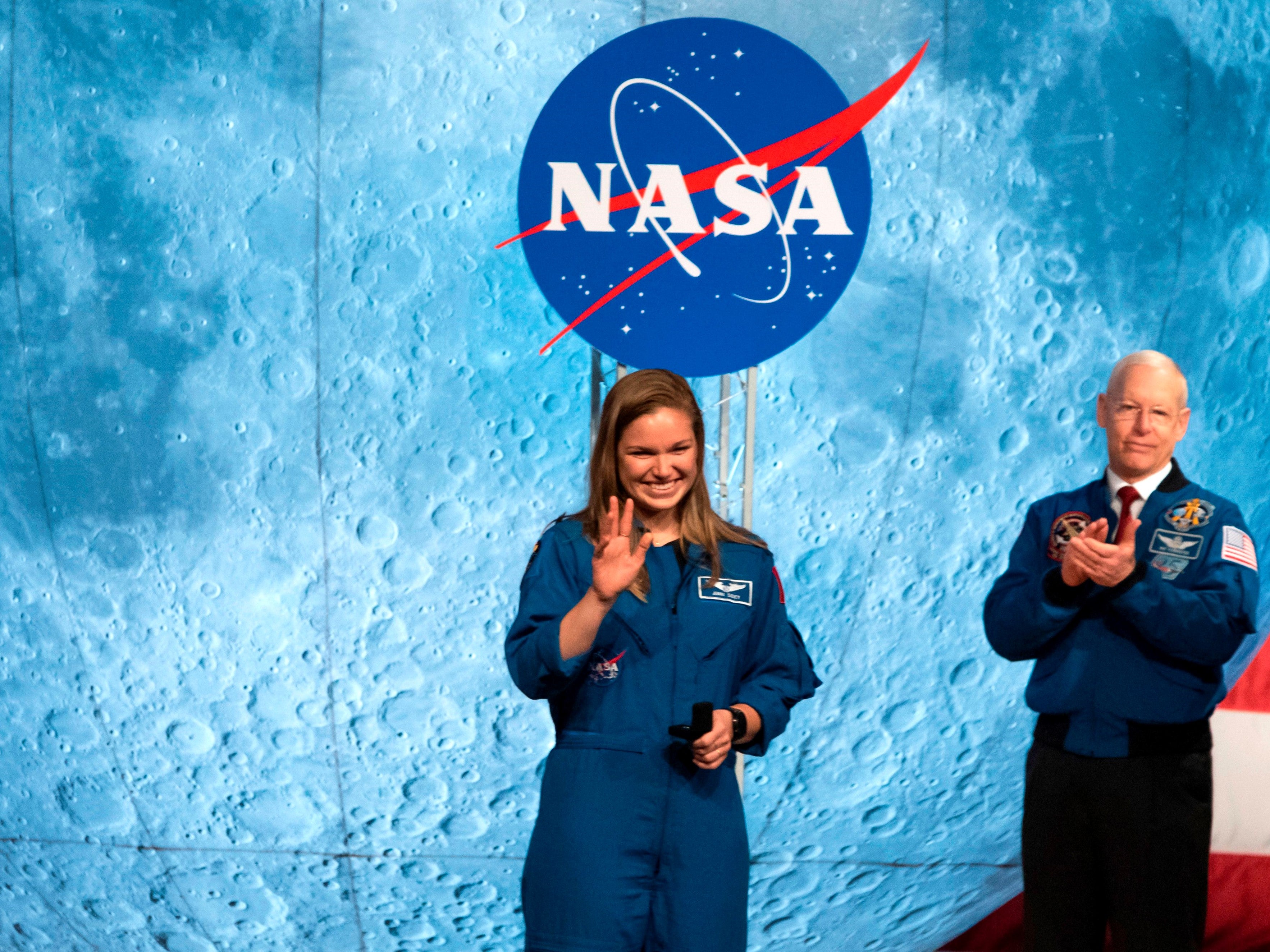Nasa releases plan to land first woman on the moon in 2024
Artemis program aims to restart human missions to the moon before turning sights to Mars

Nasa has revealed its plan to land the first woman on the moon by 2024.
An update on the Artemis program, published on Monday, revealed details about how the US space agency aims to send humans to the moon for the first time since the last Apollo lunar mission almost 50 years ago.
After establishing a human base on the moon, Nasa then plans to use it as a stepping stone to facilitate human exploration of Mars.
“With bipartisan support from Congress, our 21st century push to the moon is well within America’s reach,” said Nasa administrator Jim Bridenstine.
“We’re going back to the moon for scientific discovery, economic benefits, and inspiration for a new generation of explorers. As we build up a sustainable presence, we’re also building momentum toward those first human steps on the Red Planet.”
The Artemis program will also see humans work together with robots to search for and extract resources necessary for rocket launches from the moon, such as water and oxygen that can be converted into fuel.
The plan to send the first woman and the next man to the moon by 2024 is four years earlier than Nasa had originally planned, however the new schedule has been made possible by new technological advances in areas like satellites and deep space docking.
As of 2020, 65 women have flown in space, and last year Nasa astronauts completed the first all-female spacewalk.
The 13 Nasa astronauts assigned to the Artemis program include six female astronauts.
Nasa said the success of the Artemis lunar mission would depend on collaboration with private companies and international partners.
A competition to develop the lunar lander is already underway, with Jeff Bezos’s Blue Origin, Elon Musk’s SpaceX and the firm Dynetics all hoping to provide the spacecraft used to land the astronauts on the moon.
“While Nasa is leading the Artemis program, international partnerships will play a key role in achieving a sustainable and robust presence on the moon while preparing to conduct a historic human mission to Mars ,” the agency wrote in its progress update.
“With numerous countries and private sector players conducting missions and operations in cislunar space, it’s critical to establish a common set of principles to govern the civil exploration and use of outer space.”
Join our commenting forum
Join thought-provoking conversations, follow other Independent readers and see their replies
Comments
Bookmark popover
Removed from bookmarks